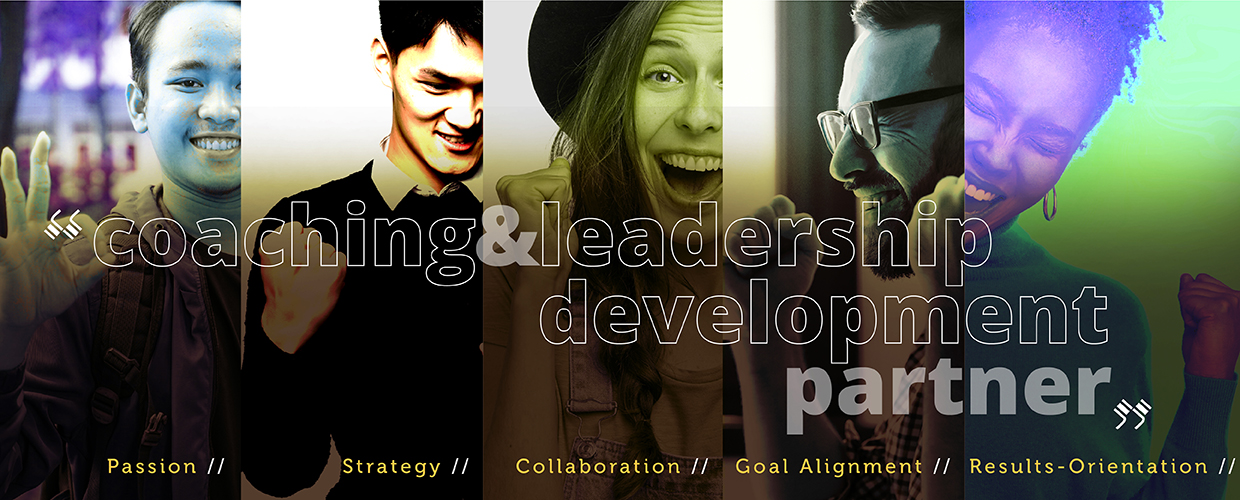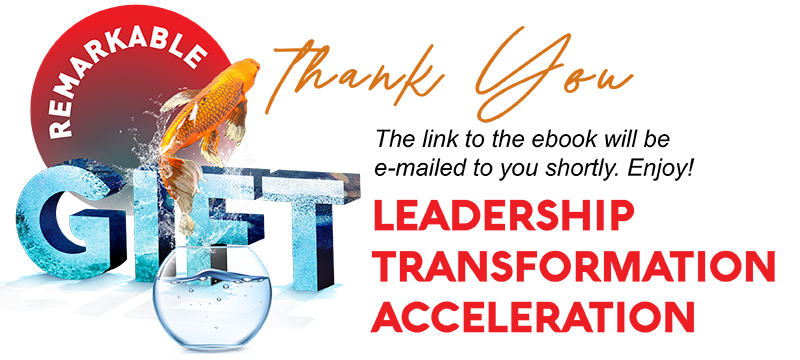GCCE-COACHING CULTURE FOR SUSTAINABLE GROWTH



A culture where one-on-one and team coaching is mindfully practiced formally and informally as a daily habit at all levels of the organization to empower and unleash human potential for high trust and engagement to accelerate people development that enables high performance and attainment of bottom-line results for sustainably growth and competitive advantage.
Dr Peter Chee and Dr Marshall Goldsmith

Benefits of High-Performance Coaching Culture


to achieve Coaching Culture Transformation?
A CEO’s presentation at an appreciation celebration to recognize coaching culture transformation and achievements by the leadership team.
Dear team,
I wish to express my deepest gratitude to every one of you. As a team, we have made great strides in our cultural transformational journey these past 18 months.
I strongly believe the positive transformation we experience is based on the drive to establish a coaching culture. This strong push towards tapping deeply into human potential, developing a strong internal talent base, and ensuring accountability for results has laid the foundation for the success we are enjoying today.
To recap, our organization has significantly increased market share in a very competitive financial sector. We have grown our client base three times and overachieved on our bottom-line targets by an average of 34% in all departments. What tremendous achievements we have attained in less than 2 years!
Such results are made possible with your strong commitment to achieve the common vision of becoming the top financial services provider in the next five years. Having everyone in alignment with this vision created powerful synergies to execute strategies, implement tactics and carry out the action steps to reach our mutual objectives.
Aiding us in the journey was the implementation of the Results Based Coaching (RBC) solution which involved everyone in the organization. Thanks to your commitment to be results-oriented, we are now well on our way to reaching our vision.
Now, I want to voice my appreciation to the master coach and his team for their expert consultation in setting up the RBC to move us to massive execution. The expertise aided us in creating compelling results matrixes, rewards and recognition schemes to accelerate our culture change towards growth. He and his team, along with the Human Resources Department, was crucial in executing the right coaching intervention for quick, big, and continuous wins.
I will not sugarcoat the journey. I recognize that there were challenges along the way. Some of these included market and other environmental factors which we have little influence. Yet we worked hard on influencing and directing the things that were within our control. These included our own daily disciplines and success rituals. I practiced my own everyday as my accountability partner, who is the Chief People Officer (CPO), can attest.
At the organizational level, getting buy-in from all of you was an important first step. There is nothing better than top management walking the talk. The best form of leadership is leadership by example. The CEO and C-level team are great role models if they are conducting executive coaching, life coaching and strategic coaching, giving coaching, and receiving coaching. This shows the entire organization the power of coaching and everyone is encouraged to get on-board. Soon enough coaching culture emerges.
I like to thank Angela for this. She was the one who introduced the Speed Agility Coaching Tool as a impromptu pilot project on getting executives into the habit of coaching. Those who used the tool were happy with the results as they could get coaching sessions completed rapidly with results. The practice soon caught on. Even I use the tool to get a coaching habit, so thanks Angela!
Subsequently, we set up learning systems to enhance coaching competencies at all levels and led to consistent contributions from all departments. This is seen as members from different departments would coach others from another department to cover any knowledge or talent gaps. In applying coaching as part of the work process, I am pleased to note that we have created our own coaching practice communities where people can meet for informal coaching sessions. I am so glad to see that people are taking up coaching conversations during breaks and lunches. Even so, we have also built our own coaching systems and tools for those who prefer to establish formal coaching relationships.
And I am glad to note that we have grown our own internal pool of certified coaches from zero initially, to at least one in every department. All of them are equipped to apply coaching best practices to create a high-performance culture for growth. They are our coaching champions who will continue to make this transformation sustainable.
On a related note, I am happy to share with you that our talent pool continues to get bigger. This is down to our Corporate Social Responsibilities (CSR) Coaching for All (CFA) initiative. Under the CFA, employees and internal coaches are encouraged to volunteer their time to coach fresh graduates, regardless of who they are working for.
Our efforts to touch hearts and building up others are now bearing fruit as we have cultivated a reputation of a caring organization. Many talented, highly knowledgeable, and skilled graduates seeking employment with us. The continued inflow of talents is sure to grow our talent to contribute greatly to our future development.
When we started the journey, I must admit I never imagined that coaching could have such a tremendous positive impact. Now I fully believe in the power of coaching. We all have experienced the change and will continue to spread the high-performance coaching culture on a bigger scale to other centers and countries in the organization.
We have experienced a shift in our culture from complacency to result-orientation, from working in silos to high-trust collaboration, from fear to positive disruption, from downturn to upturn. I want to stress that we will not rest on our laurels. Instead, we will continue to strive for continuous improvement by working hard and creating opportunities for people to capitalize on.
I can safely say that our old culture is no more. Our culture from today onwards is innovative and progressive to chart a course for sustainable growth. Thank you for your dedication and hard work. I look forward to our continued success in all the tomorrows to come after today.
My best wishes,
Petra Chew
CEO and Chairman
Investment and Financial Service Organization
Note: The speech above is an adapted version from a client to showcase how coaching culture can be a catalyst for sustainable growth. The full story of how Angela, the human resource business partner at this organization, help to successfully spark and implement a coaching culture transformation is available in the 5 Levels of Mastery book by World #1 Strategic Innovation Coach Dr Peter Chee and World #1 Executive Coach Dr Marshall Goldsmith. The names, places, and incidents in the speech are anonymized to comply with confidentiality requirements. Any resemblance to actual events in another organization is purely coincidental. Reach out to us at www.itdworld.com for tailor-made leadership, coaching, and mentoring solutions for your organization today.


ITD World has been our coaching and leadership development partner for the past one year. Our talent and top leaders have shown significant improvement in the areas of strategy and goals alignment, collaboration, passion and results-orientation. We have been able to overachieve on our bottom-line business breakthrough goal. ITD World truly at the forefront of the global leadership transformation field. Thanks for the great support.
Lars-ake Norling, Chief Executive Officer, DTAC (Part of Telenor Group, Norway)


to create High-Performance Coaching Culture?


High-performance coaching culture entails the crucial desire for transformation and a compelling shared vision; collaborating, engaging, and cheering the champions, advocators, and partners, ensuring accountability to massively execute strategies and plans for quick and big wins; shoring up strengths and capabilities, removing roadblocks, converting bystanders into believers and slaying the naysayers; measuring, resourcing, rewarding, and reinforcing to institutionalize the agile change systems and communities.
Dr Peter Chee and Dr Marshall Goldsmith









